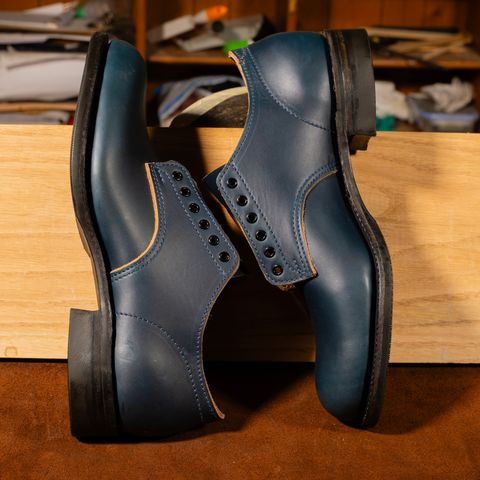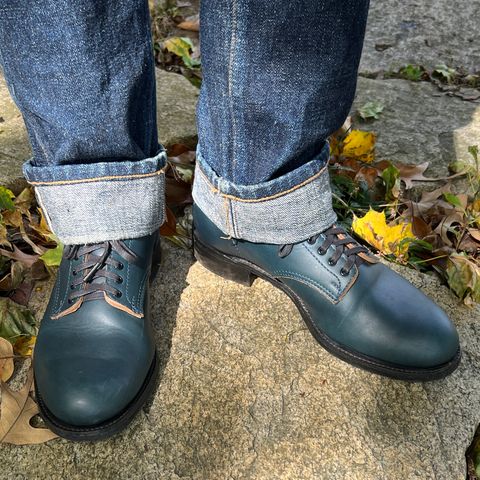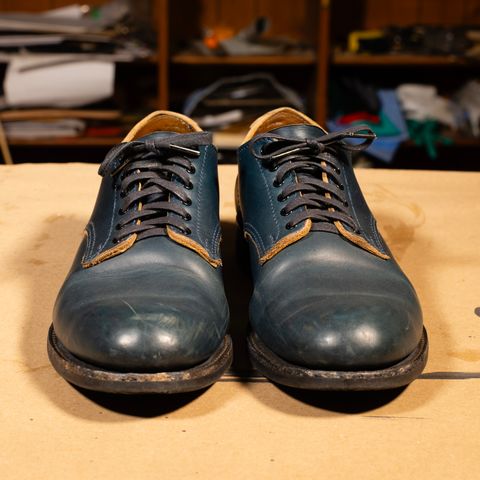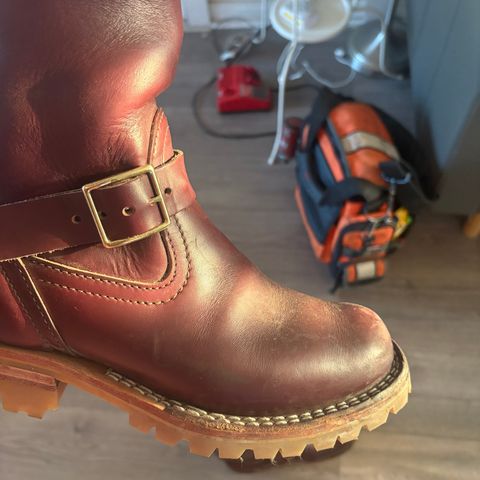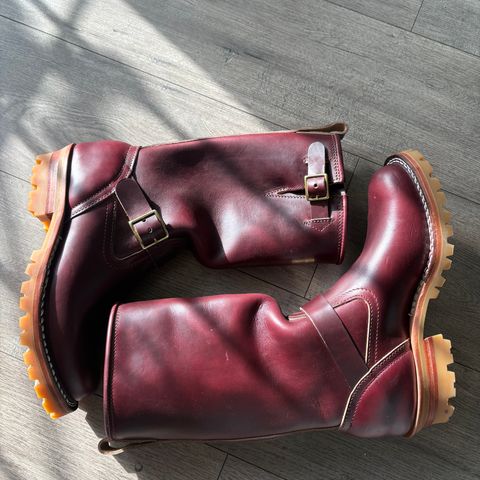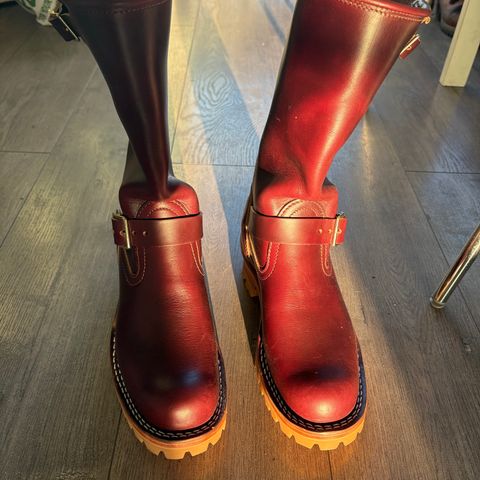About
Chromexcel Strips is a specialized leather produced by Horween Leather Company in Chicago through a unique combination tanning process. These strips undergo the same initial 45-day tanning process as Shell Cordovan before being finished as Chromexcel leather, making them a distinctive product within the tannery's portfolio.
About
Chromexcel Strips is a specialized leather produced by Horween Leather Company in Chicago through a unique combination tanning process. These strips undergo the same initial 45-day tanning process as Shell Cordovan before being finished as Chromexcel leather, making them a distinctive product within the tannery's portfolio.
The leather is characterized by its rich pull-up effect and exceptional durability, resulting from a proprietary hot stuffing process that impregnates the hides with food-grade beef tallow and cosmetic-grade beeswax. Made and sold in small quantities, Chromexcel Strips are particularly valued for specialty leather crafting and niche applications where the unique properties of this premium material are essential.
Manufacturing Process
Chromexcel Strips follow an extensive manufacturing process that requires 28 working days and at least 89 separate procedures utilizing all five floors of the Horween facility. The distinctive aspect of these strips lies in their shared production timeline with Shell Cordovan during the initial 45-day period, where they undergo combination chrome and vegetable tanning before diverging toward the Chromexcel finishing process.
The critical hot stuffing procedure distinguishes this leather from ordinary chrome-tanned materials. During this stage, hides are impregnated with oils, waxes, and greases that remain solid at room temperature, creating the signature pull-up characteristics. Horween's proprietary blend includes food-grade beef tallow and cosmetic-grade beeswax, materials selected for their superior quality and performance properties.
Properties and Specifications
Chromexcel Strips are available in weights ranging from 2-3 oz (0.8-1.2 mm) for horsefronts up to 9-10 oz (3.6-4.0 mm) for cowhide applications. The leather features tightly packed fibers that produce defined yet soft creasing patterns, contributing to its aesthetic appeal and functional performance.
The material exhibits exceptional durability and resistance to hardening and salt stains, making it suitable for demanding applications. The rich pull-up effect occurs through the temporary displacement of the oil and wax blend during flexing, creating distinctive color variations that enhance with use. These characteristics are achieved through the full aniline, hand-rubbed finishing process that preserves the leather's natural grain structure.
History
The development of Chromexcel dates to approximately 1913 when Isadore Horween created this combination-tanned leather for mechanical applications. The timing proved fortuitous as World War I, beginning in 1914, created substantial demand for Chromexcel in military applications, particularly for motor seals in trucks and tanks.
Horween Leather Company was established in 1905 on Division Street in Chicago, taking advantage of the city's position as a major meatpacking center. The same manufacturing processes and formulations developed nearly a century ago continue to be employed today, maintaining the traditional methods that define this premium leather.
Applications
Chromexcel Strips are produced in limited quantities and are primarily utilized for specialized leather crafting projects and niche applications where their unique properties are required. The leather is available in various colors, from natural shades to black, all achieved through hand-staining with aniline dyes that penetrate the leather while preserving its natural characteristics.
Maintenance requirements are minimal, as the leather is designed to develop character through use. When care is needed, Neatsfoot oil or Saphir Greasy Leather Cream can be applied to maintain the material's conditioning and appearance.
References
"Chromexcel®". Horween Leather Company. March 23, 2010.
"What is Chromexcel Leather? - The Journal". J.M. Weston & Cheaney. Retrieved September 5, 2025.
"All About Horween Leather: Shell Cordovan, Chromexcel, Dublin and More". Guarded Goods. Retrieved September 5, 2025.
